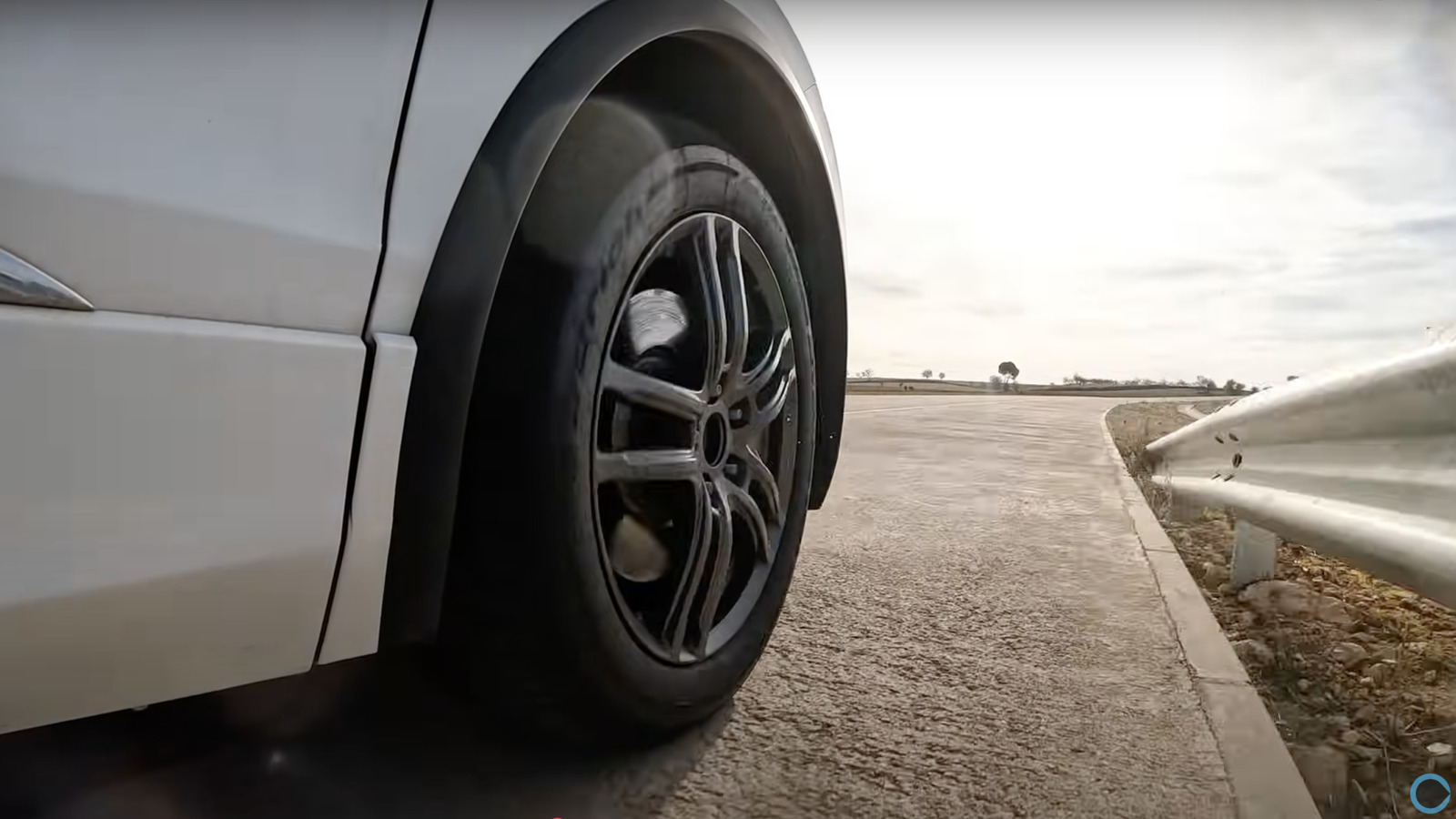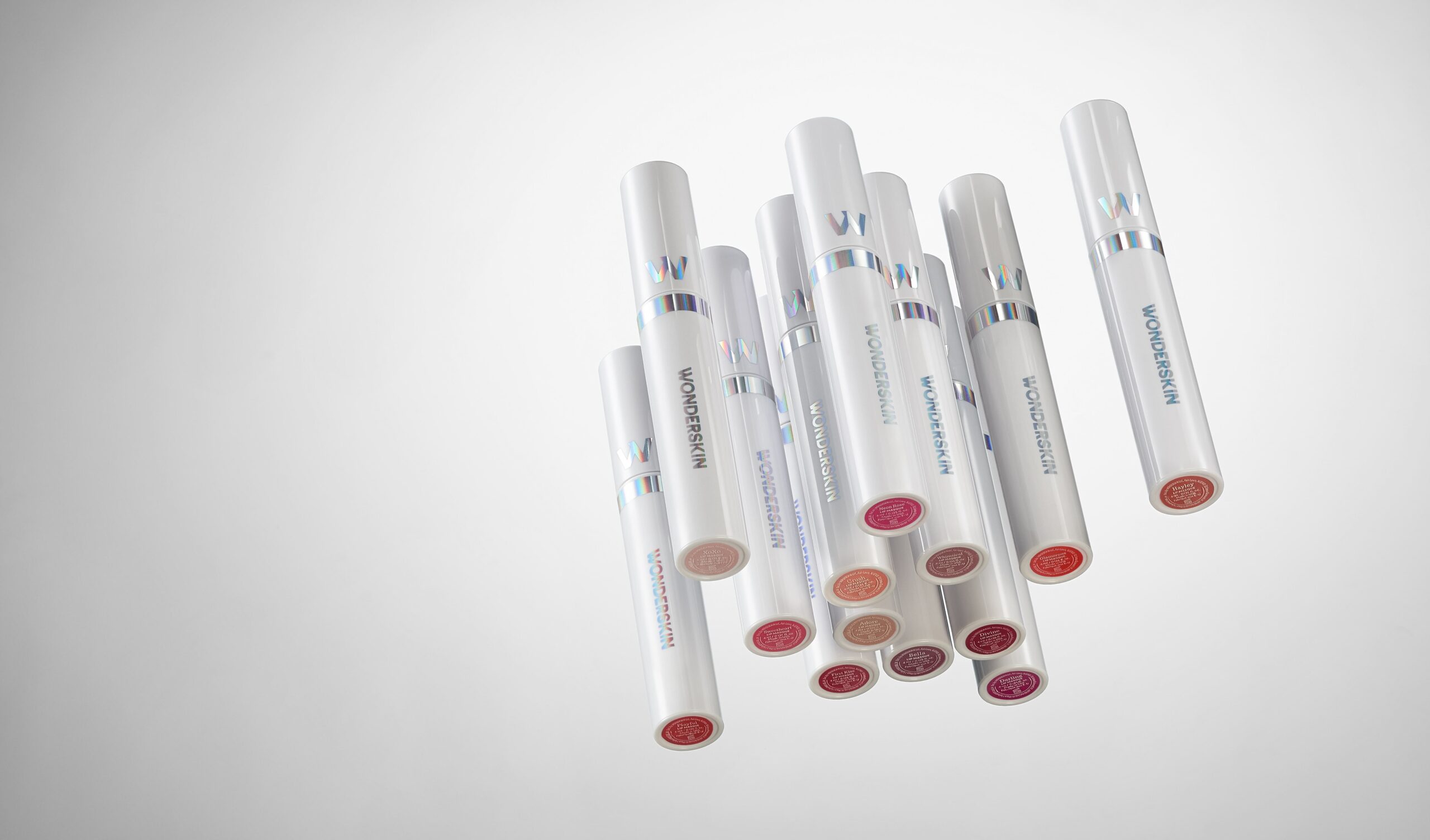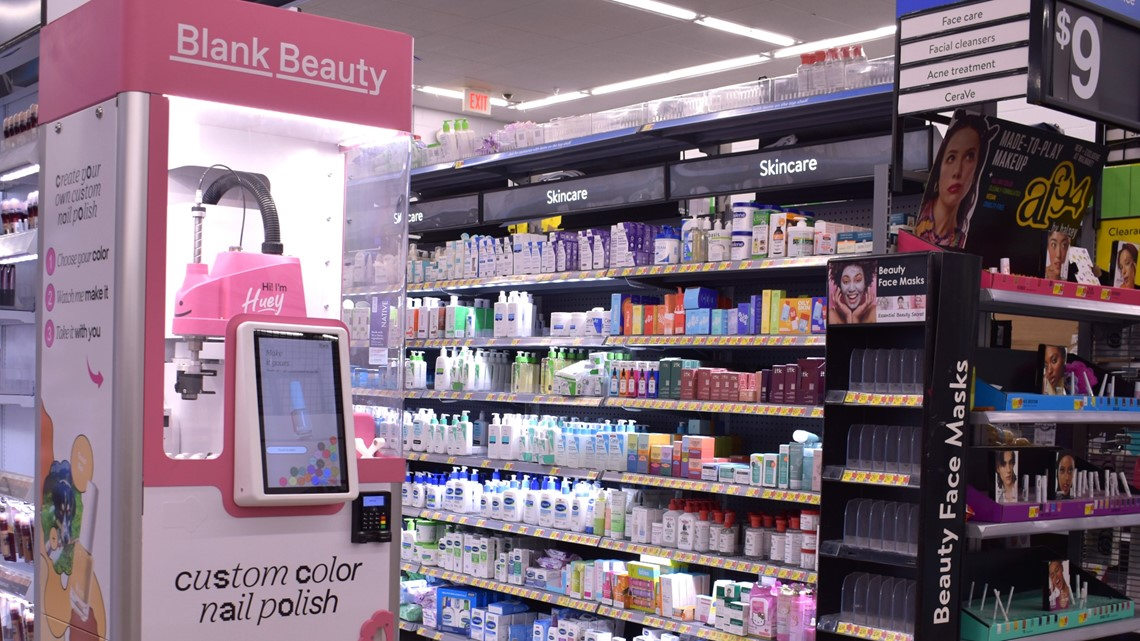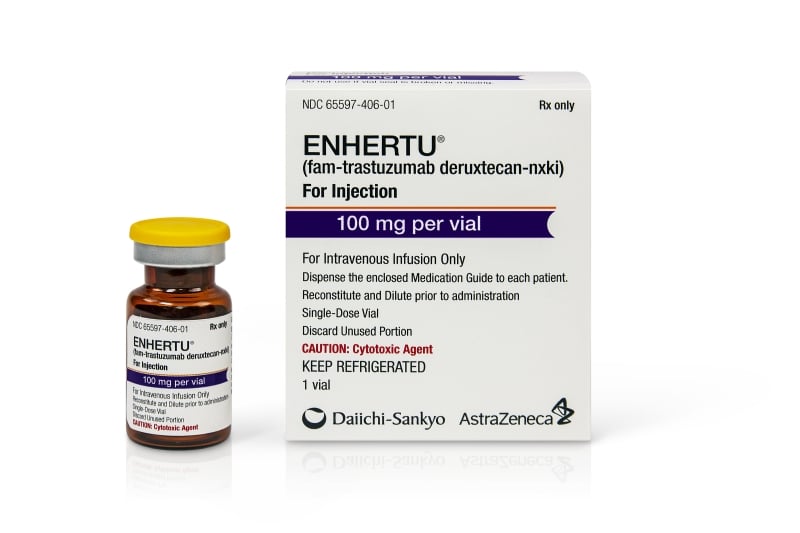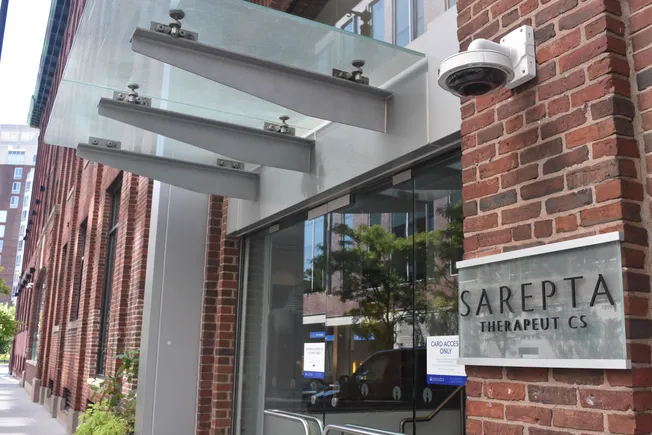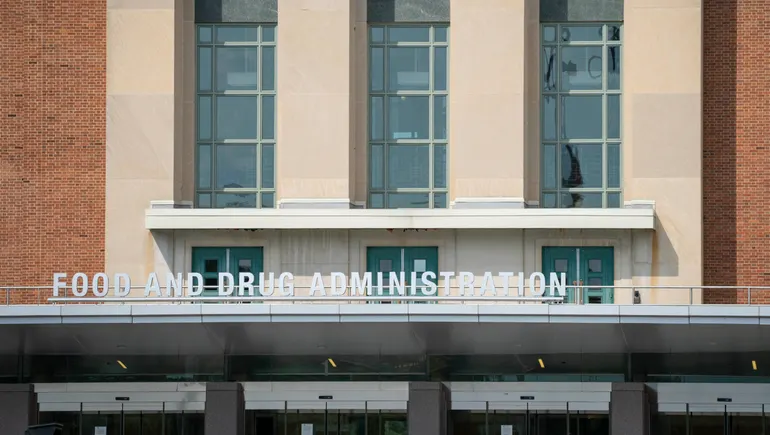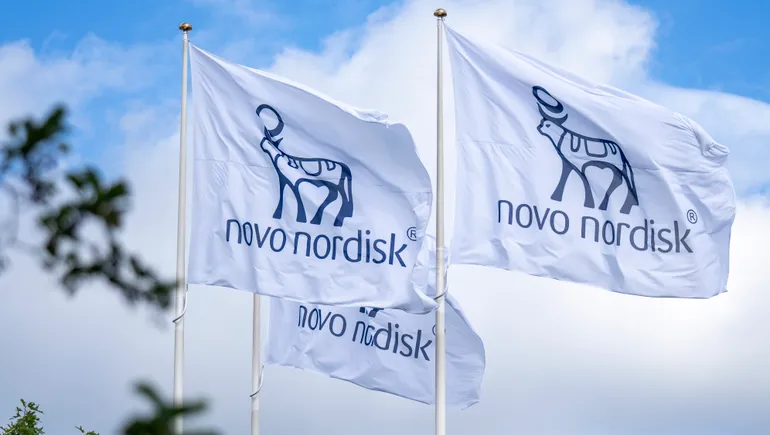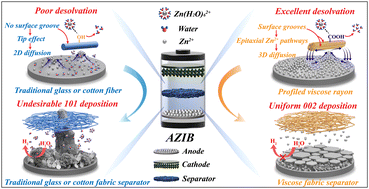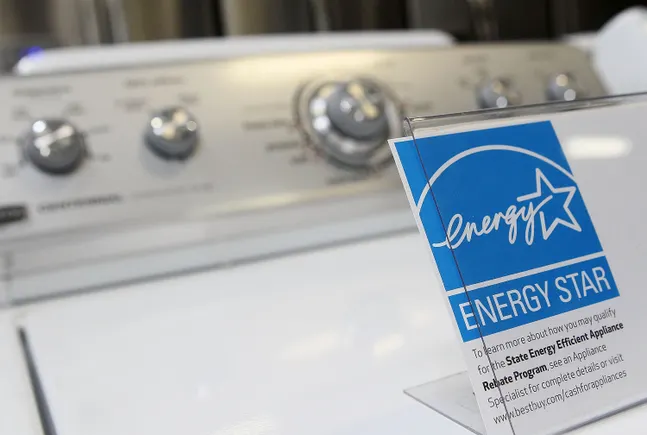Secretome Derived From Mesenchymal Stem Cells Cultured as Monolayer Show Enhanced Bone Regeneration Compared to Secretome From 3D Spheroid – Clues From the Proteome
Advanced Healthcare Materials, EarlyView.

2D Secretome of DPSCs has better osteogenic potential than the 3D secretome, which is contrary to what is generally observed with 3D spheroids of MSCs. This study identifies unique key factors in the secretome of 2D and 3D MSCs culture, responsible for the different bone regeneration abilities between them.
Abstract
Repair and reconstruction of critical-sized bone defects present a significant challenge due to poor clinical outcomes of conventional bone repair strategies, such as autologous and allogenic bone grafts. The present study underscores the potential of human dental pulp stem cell-derived trophic factors to promote bone repair and regeneration, thus evading the risks associated with cell-based therapy. This study utilizes pre-osteoblast cells to evaluate the osteogenic potential of 2 Dimensional (2D) and 3 Dimensional (3D) secretome from monolayer and spheroid cultures of dental pulp stem cells (DPSCs), respectively. In-vitro results on pre-osteoblast cells (MC3T3-EI) treated with 2D and 3D secretome reveal lower mineralization and mRNA expression of osteogenic specific genes in 3D secretome in comparison to 2D secretome. Furthermore, 2D secretome shows better bone regeneration ability in rat models of calvarial bone defect compared to the 3D secretome. The proteomic profiles of 2D and 3D secretomes are also in concordance with these results and reveal key molecules governing bone regeneration potential. This data highlights the influence of culture conditions on the secretory pattern of mesenchymal stem cells and provides valuable insights for the development of a more effective secretome-based cell-free alternative for novel bone repair and regeneration.































